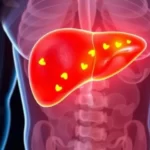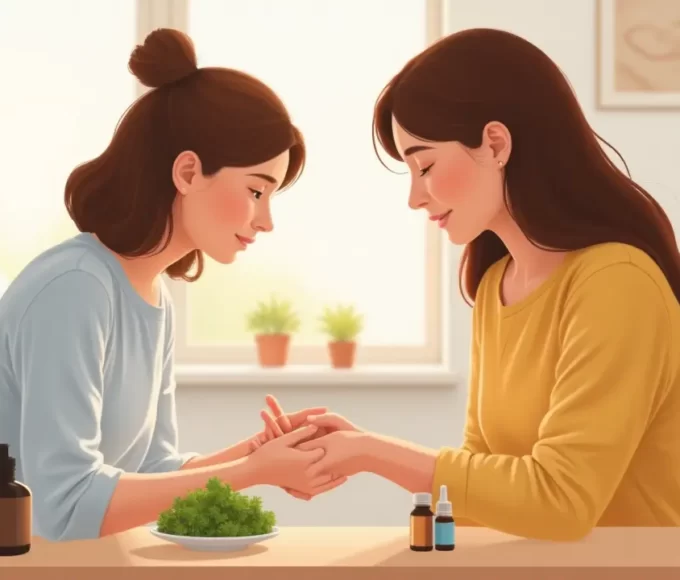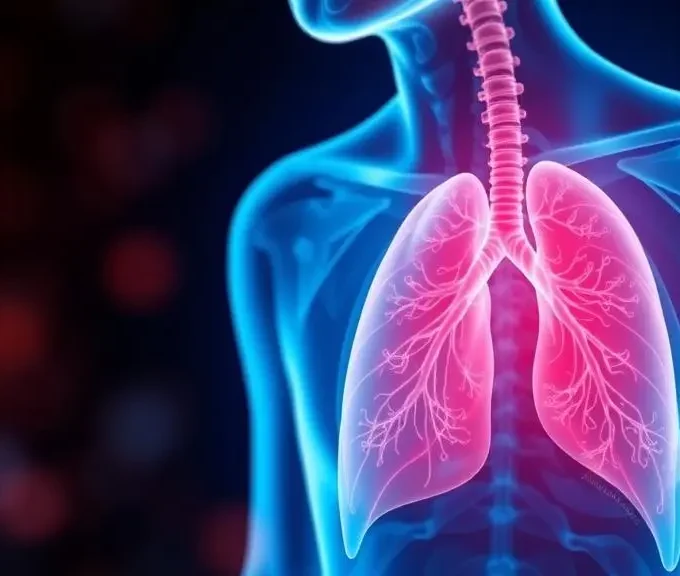Imagine this: An elderly loved one suddenly becomes unwell, prompting a frantic call for medical help. The signs are minimal but deeply unsettling. As anxiety builds among family members, one truth rises above all—a precise and timely diagnosis is critical.
In such high-stakes moments, the physician isn’t rushing to cure. Instead, they’re diving deep into their understanding of pathology, evaluating the illness’s origin, nature, and possible trajectory. Diagnosis, in this context, is about clarity—figuring out what’s going on.
Sometimes, the diagnosis reveals a need for crucial yet straightforward changes, such as improved hygiene, physical support, or environmental adjustments. At other times, it may require therapeutic measures, which may include medication or surgery. It’s the doctor’s grasp of what a healthy body looks and functions like that enables such precise calls.
And here’s the empowering part: you don’t have to be a physician to start understanding this. Exploring first aid, anatomy, physiology, and pathology through self-study or online courses can offer valuable insights into your own or a loved one’s health.
Therapeutics and Hygiene: Finding the Body’s Balance
When we discuss physiology, we examine how the body interacts with its environment and how it responds to various factors, including temperature, diet, and stress. However, when we focus on tailoring specific remedies to unique conditions, we enter the realm of therapeutics.
Therapeutics isn’t guesswork; it’s a carefully recorded journey of stimulus and response. Physicians experiment, observe, and validate outcomes. These insights gradually become guiding principles: the empirical laws of treatment.
Once a specific remedy has helped stabilize a condition, the next step is ensuring long-term balance. That’s where hygiene plays its role. It’s not just about washing hands or eating greens; it’s the science of maintaining the body’s ideal internal conditions.
In homeopathy, therapeutics often favor the treatment of acute, non-chronic conditions. This approach bridges traditional medicine with a nuanced, individualized use of remedies, always aiming to trigger the body’s natural ability to heal itself.











